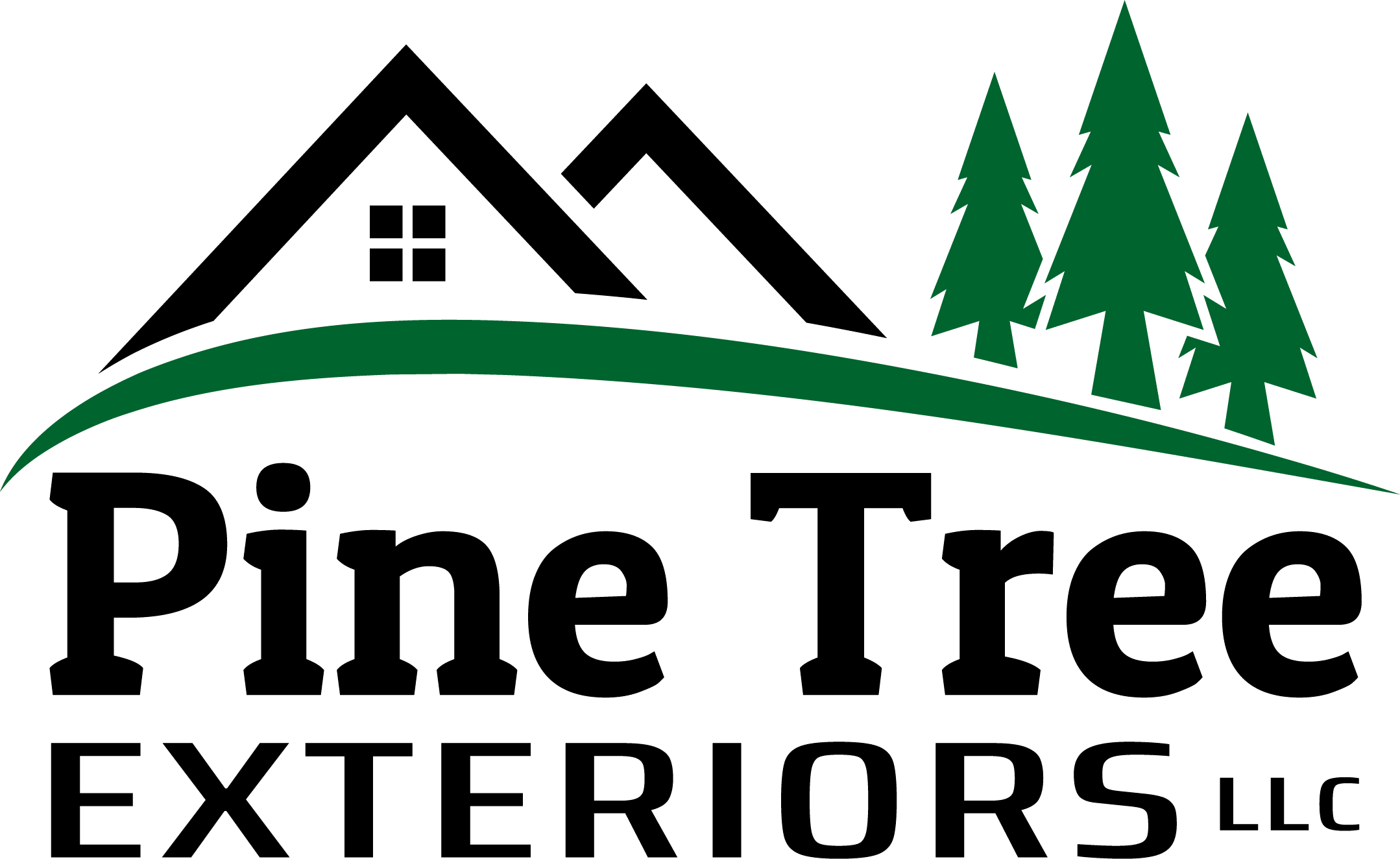If you’ve ever wondered about foam roofing, you’re in the right place. In this article, our professional roofers will give you all the essential details you need to know.
From its history to its composition, we’ll cover it all. You’ll also learn about the advantages of foam roofing and its various applications.
Plus, we’ll compare foam roofing systems to other options, so you can make an informed decision. Get ready to dive into the world of foam roofs and discover its many benefits.
Understanding the History of Foam Roofing and Its Origins
Foam roofing has evolved over the years, becoming a popular choice for commercial and residential buildings. Initially developed in the 1960s, foam roofing has come a long way in terms of its effectiveness and durability.
The evolution of foam roofing has been driven by advancements in technology and materials, resulting in improved insulation, energy efficiency, and cost-effectiveness. One of the key advantages of foam roofing is its minimal environmental impact. Foam roofs are lightweight and require fewer materials to install, reducing waste and carbon footprint.
Additionally, foam roofing provides excellent insulation, reducing energy consumption and contributing to a greener environment.
Composition of Foam Roofing System
Foam roofing is composed of an insulating material that is applied in liquid form and expands into a foam. The material used in foam roofs is typically a mixture of polyol and isocyanate, which react when combined to form a foam.
During the installation process, the liquid mixture is sprayed onto the roof surface, where it expands and forms a seamless layer of foam. This foam layer provides excellent insulation and waterproofing properties.
Foam roof requires regular maintenance to ensure its longevity and effectiveness.
One key aspect of maintenance is inspecting the foam surface for any signs of damage, such as cracks or punctures. These should be promptly repaired to prevent water infiltration.
Additionally, it is important to regularly clean the foam surface to remove debris and prevent the growth of moss or algae.
Regular inspections and maintenance can help extend the lifespan of foam roofing and ensure its optimal performance.
What are the Key Advantages of Foam Roofing?
When considering foam roofing, you’ll discover a multitude of advantages that make it a desirable option for your roofing needs.
Here are three key advantages of foam roofing to consider:
- Cost effectiveness: Foam roofing is an affordable choice compared to other roofing materials. The installation costs are lower, and it requires minimal maintenance, saving you money in the long run.
- Energy efficiency: Foam roofing provides excellent insulation, which helps to regulate the temperature inside your building. It reduces heat transfer, keeping your space cooler in the summer and warmer in the winter. This energy efficiency can lead to significant savings on your heating and cooling bills.
- Durability: Foam roofing is highly durable and resistant to various weather conditions, including UV rays, wind, and heavy rain. It can withstand foot traffic and is seamless, preventing leaks and water damage.
The Versatility of Foam Roofs
You can apply foam roofing to a variety of structures, making it a versatile option for your roofing needs.
The installation process for foam roofing involves spraying a liquid foam onto the roof surface, which then expands and solidifies to form a seamless and durable protective layer.
This method ensures that the foam conforms to any shape or size of the roof, creating a watertight barrier that prevents leaks and water damage. Overall, foam roofing is a practical and efficient choice for a wide range of structures.





